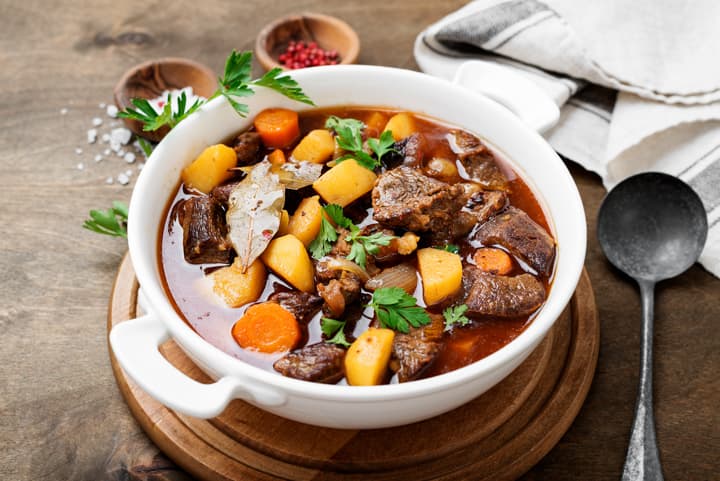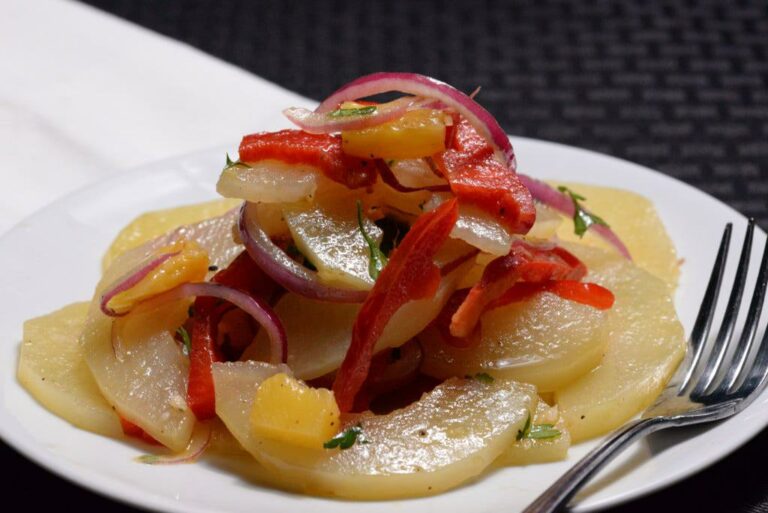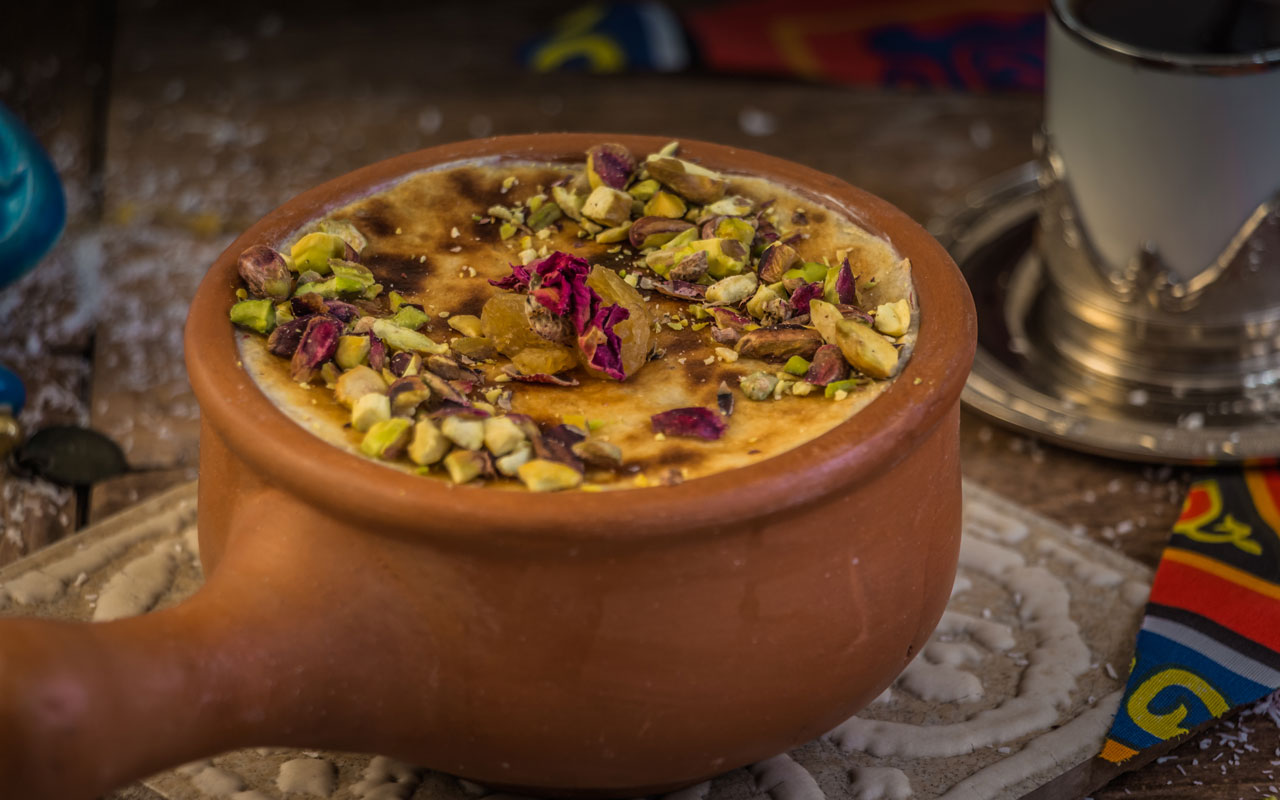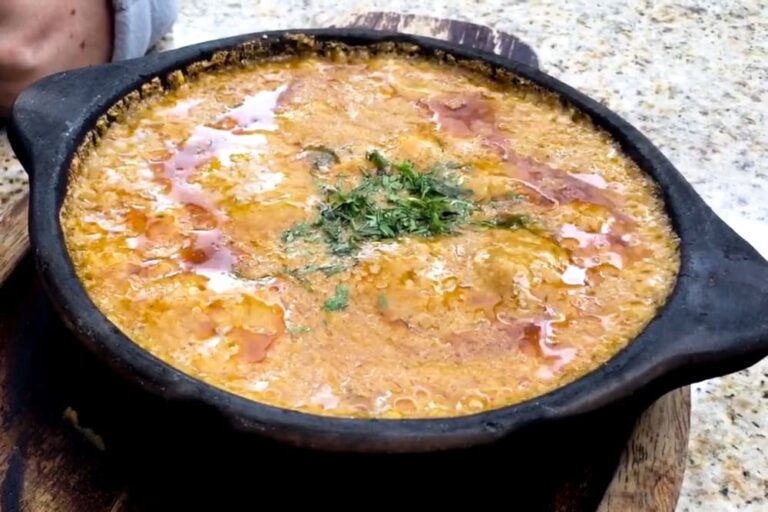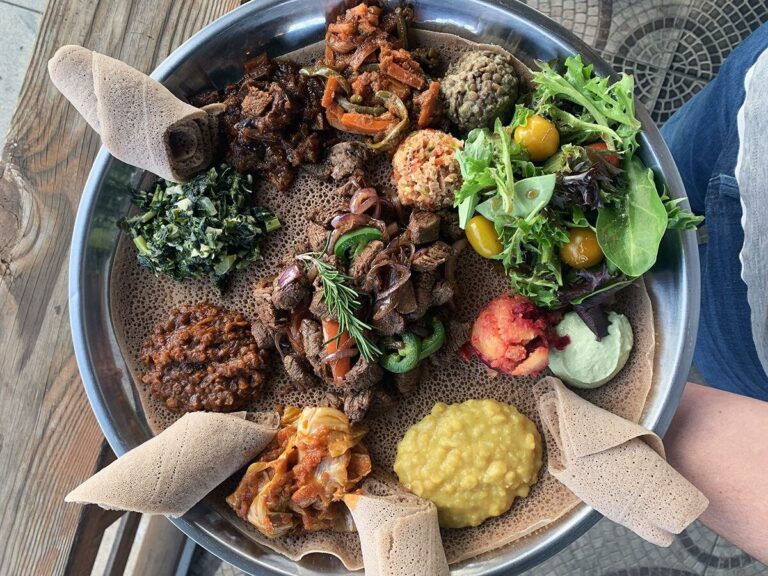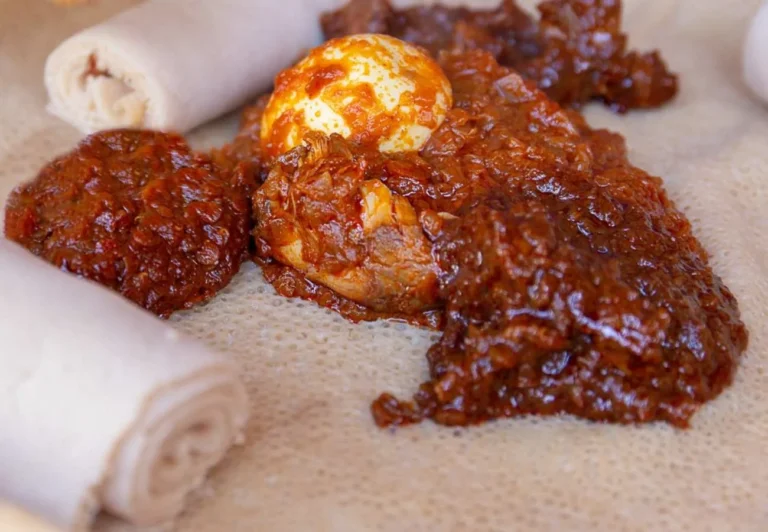Introduction: Sadza, the Staple Dish of Zimbabwe
Sadza is a popular and traditional dish in Zimbabwe and is considered the national dish. It is made from finely ground cornmeal and is often eaten with relish, such as vegetables or meat. Sadza is widely consumed in Zimbabwean households, and it is also a staple food in many restaurants across the country.
Ingredients and Equipment for Making Sadza
The main ingredient required for making sadza is white cornmeal, which is also known as mealie-meal. The cornmeal is mixed with water and cooked on a stove until it forms a dense and smooth consistency. Other ingredients that can be added to sadza include salt and butter. The equipment needed to make sadza is fairly simple and includes a large pot, stirring stick, and measuring cup.
Step-by-Step Guide to Preparing Sadza
- Boil water in a large pot.
- Add cornmeal slowly, stirring constantly with a wooden spoon until it forms a thick and smooth paste.
- Reduce heat and let the sadza simmer for 15 to 20 minutes, stirring occasionally to prevent it from sticking to the pot.
- Serve hot.
Tips for Achieving Perfectly Cooked Sadza
To achieve perfectly cooked sadza, it is important to use the correct ratio of cornmeal to water. A common ratio is 1:3, one cup of cornmeal to three cups of water. It is also important to stir constantly and vigorously while cooking the sadza to prevent lumps from forming. Lastly, the sadza should be cooked slowly over low heat and allowed to simmer for at least 15 minutes to ensure a smooth and creamy consistency.
Serving Suggestions for Sadza
Sadza is often served with a relish such as vegetables, meat, or gravy. Common relishes include collard greens, beans, and beef stew. The sadza is typically served on a large communal platter and eaten with the hands. The sadza can also be used as a substitute for bread and served with soup or stew.
Conclusion: A Delicious and Nutritious Meal
Sadza is a delicious and nutritious meal that has been enjoyed by Zimbabweans for generations. It is easy to prepare and can be served with a variety of relishes to suit different tastes. Sadza is not only a staple food in Zimbabwe but is also gaining popularity in other parts of the world as a gluten-free alternative to bread or rice.


